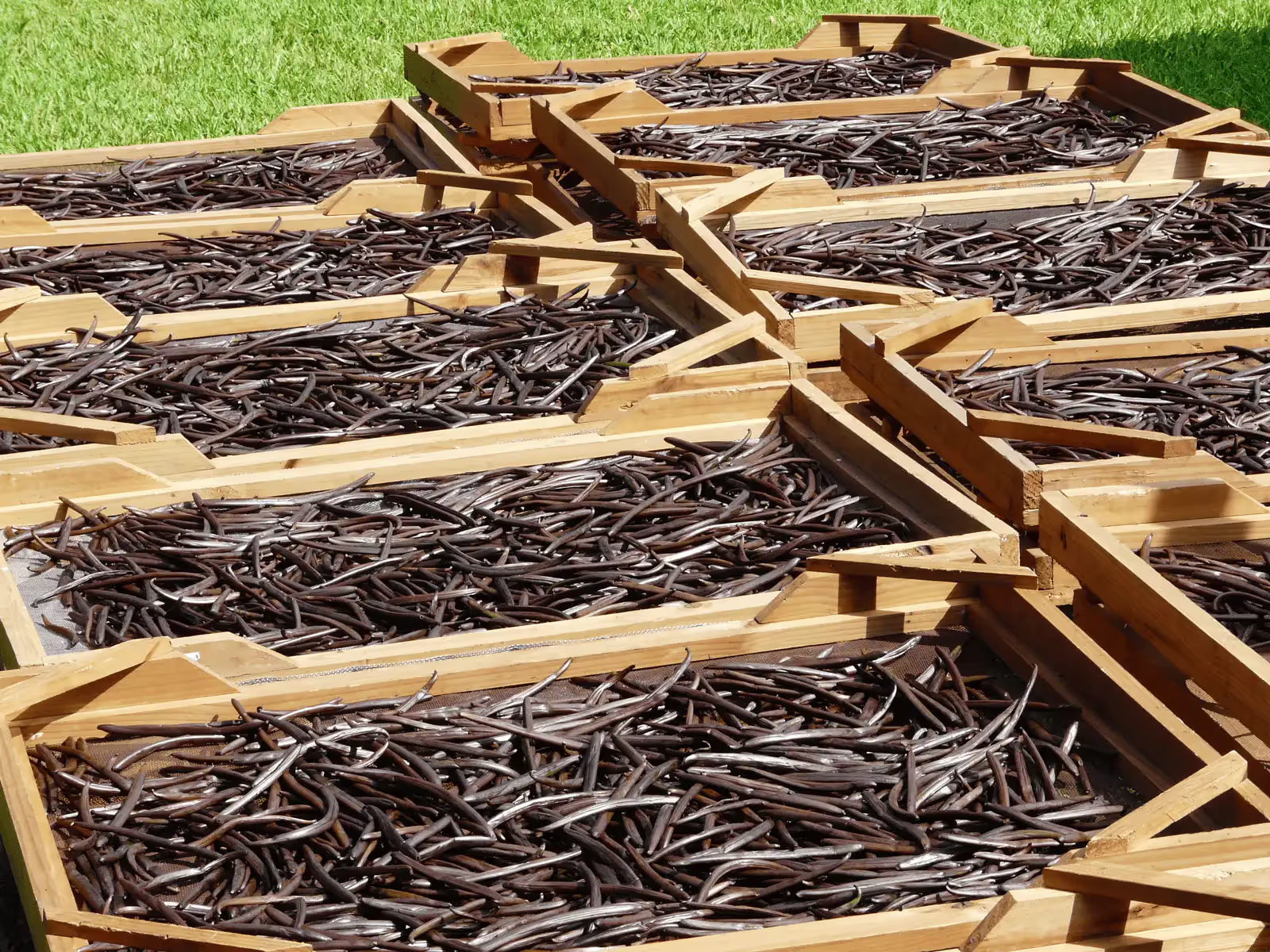In the humid highlands of northeastern Madagascar, a quiet revolution was brewing. Known globally for its prized vanilla beans, Madagascar is home to over 80% of the world's natural vanilla supply. But most people didn’t know that for decades, vanilla farmers earned only a fraction of the market value, were trapped in a cycle of poverty, unstable pricing, and limited global recognition. That changed when a 17-year-old from Antalaha decided to rewrite the story.
The Roots of Real Change: Vanilla, Madagascar, and One Teenager's Dream
The story of Madagascar vanilla is as rich as its flavour. Unlike synthetic vanilla that dominates supermarket shelves, real vanilla—especially the kind grown in Madagascar—requires years of cultivation, hand pollination, and careful curing. It’s the most labour-intensive agricultural product in the world, and it is more valuable per kilo than silver.
When Aina Razafindrakoto, a teenager from a vanilla-farming family, saw her parents struggle to make ends meet despite working tirelessly, she knew something had to change. With the help of a solar-powered internet hub at her village’s community centre, Aina began researching ethical vanilla sourcing, fair-trade practices, and sustainable agriculture models.

Building a Vanilla Revolution: Youth-Led Agricultural Innovation
What started as a school project turned into a grassroots movement. Aina began connecting local farmers with cooperatives abroad that championed fair trade vanilla. She also partnered with agronomists to introduce organic growing techniques that increased yields without harming the environment.
Her initiative attracted attention when she launched an online marketplace for ethically sourced Madagascar vanilla beans. By cutting out exploitative intermediaries, her platform allowed farmers to receive up to 60% more for their harvests.
Today, that platform is a success and a case study in youth-led agricultural innovation. It’s been adopted by several other farming communities across Madagascar, helping stabilize income and improve education access for hundreds of families.

The Global Scoop: Vanilla, Ice Cream, and Ethical Sourcing
Madagascar vanilla is the heartbeat of premium ice cream flavours. Yet few consumers know the stories and struggles behind that signature scoop. Aina's efforts have changed that. Aina created traceable supply chains by collaborating with boutique ice cream brands and social-impact businesses. These partnerships mean your next spoonful of vanilla gelato might come with a QR code linking to the farmer who grew the bean. It’s a small shift with massive implications for ethical food sourcing.
The impact has rippled across the industry. Several companies have now adopted similar traceability models, and the hashtag #RealVanillaRealPeople has gone viral, sparking conversations around fair pricing and food justice.
Seeds of Hope: Community Empowerment Through Vanilla
The benefits of Aina's work go far beyond the vanilla trade. With higher incomes, local families can send their children to school, invest in clean water initiatives, and form micro-loan groups to fund other agricultural ventures.Aina's model emphasizes community empowerment. She trains youth in her region on vanilla cultivation, digital marketing, and environmental stewardship. The initiative has created over 200 local jobs, half of which are held by women. Through her leadership, vanilla farming has shifted from subsistence to a dignified, future-forward profession.

Lessons from Madagascar: Vanilla, Vision, and the Power of One
What makes Aina's journey extraordinary isn't just the transformation of a local economy—it's the reminder that real change often starts with a single idea and an unwavering belief in community.
She didn’t have access to capital or international investors, but she had a connection to the land, a vision for fairness, and the courage to act. Her story challenges global food industries to rethink where ingredients come from and who profits from them.
As climate change threatens the delicate vanilla crop and global markets remain volatile, initiatives like Aina's are more essential than ever. They demonstrate that the future of food is not just about taste or convenience—it's about transparency, sustainability, and shared prosperity.
Beyond the Bean
Madagascar’s magic vanilla has always delighted taste buds around the world. But thanks to a determined teenager and a digitally connected village, it’s also become a symbol of what’s possible when youth, innovation, and community come together.
So, the next time you savour the smooth richness of vanilla ice cream, remember: behind that flavour lies a story of resilience, justice, and hope—a story that proves one young person can change the world—one vanilla bean at a time.
FAQs
Is Madagascar the only producer of natural vanilla?
It is not the only producer of vanilla. Other countries like Tahiti , Mexico and Uganda also grow Vanilla. Madagascar is however the World’s largest grower of Vanilla.
Will we be visiting Vanilla farms?
All the regions of Madagascar do not grow Vanilla. The north eastern region of SAVA is the largest contributor. If we plan an itinerary that takes us there , we will definitely be visiting a Vanilla farm.
Are lemurs only found in Madagascar?
Yes, Lemurs in the wild and their natural habitat are only found in Madagascar and its islands.
